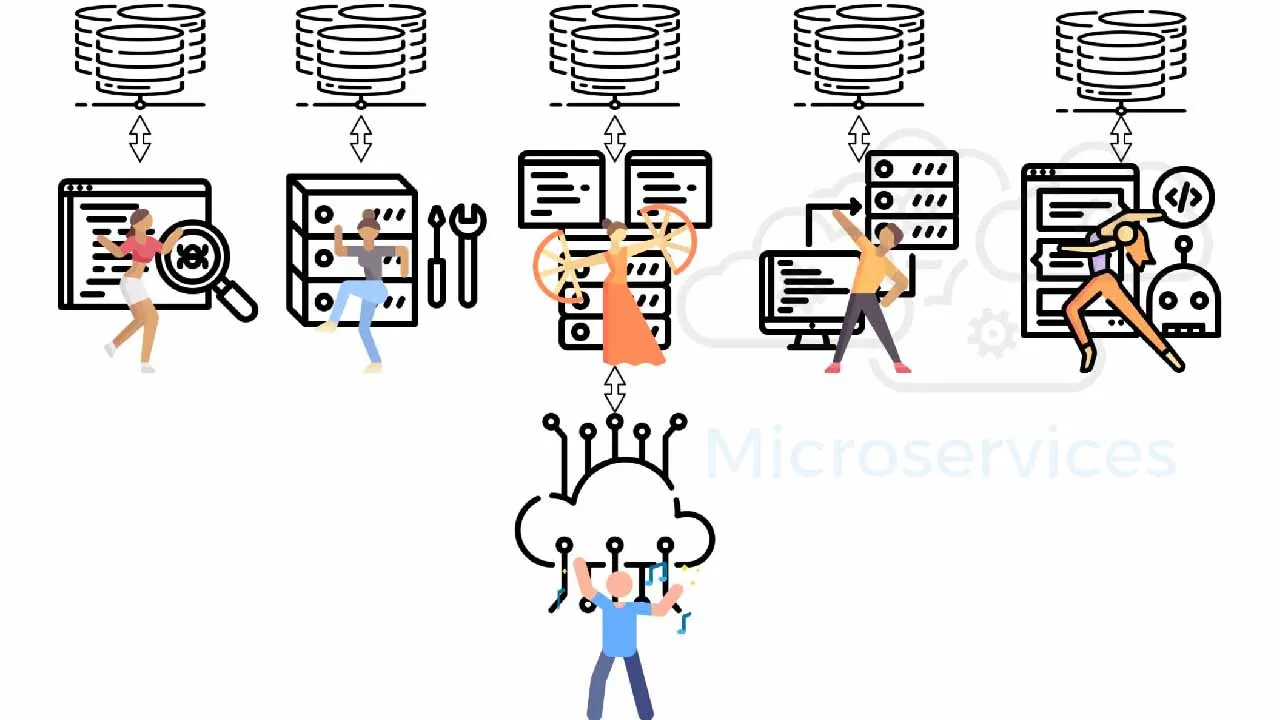Are you trying to claw your way out of the web of API calls that ties your microservices together? Does a seemingly innocent change or bug fix result in a ripple effect across several business serving capabilities? Well, you’re not alone.
Microservices have been gaining steam since their introduction as an architectural style in 2011. Initially pioneered by companies like Amazon and Netflix as an alternative to their exploding monolithic codebases, they are now increasingly popular even at companies operating at a much smaller scale than the behemoths. And with good reason. When designed well, microservices are a great alternative to the problems often seen with their monolithic counterparts. The key phrase there though is “when designed well”. It’s simple enough when you have ten microservices - so scalable, such fun! But when those quickly grow to 50, and then 100, and then 500, you have a real problem on hand if you haven’t paid attention to how they all talk to each other.
Imagine you have several microservices all communicating via API calls. In this web of tightly coupled services, changes to one service may necessitate corresponding changes across multiple other services, and scaling one service would necessitate scaling a number of others as well. This problem was first described as the Death Star Architecture.
In the world of microservices, Death Star architecture is an anti-pattern where poorly designed microservices become highly interdependent, forming a complex network of interservice communication. When this happens, the entire thing becomes slow, inflexible, and fragile – and easy to blow up. ( ref .)
At this point, you’ve lost many of the benefits of having microservices in the first place, and in reality, are left with a distributed monolith
So how do you avoid the Death Star Architecture trap and allow your microservices to scale? How do you keep your microservice relatively isolated but still remain an integral node in the set of business flows that it serves? Enter the Event-Driven Microservice Architecture. The golden rule of Event-Driven microservices is that all communication is asynchronous. No API calls for us! Microservices instead publish records of their doings, also known as events. An Event is a record of a business action and must contain all information relevant to that action. Events are published to messaging infrastructure (think Kafka, RabbitMQ) and it is left to consuming microservices to figure out how to operate on them. By removing this tight coupling between services, it’s possible to truly reap the benefits offered by the microservices architecture pattern.
Event-Driven Messaging comes in two flavors - choreography and orchestration.
What is the choreography pattern?
Choreography is pretty much what it sounds like! Each dancer in a ballet troupe knows their position and performs their routine based on musical cues. Choreographed microservices behave in the same way - each service (dancer) is aware of it’s place in the business flow and acts on certain cues (events).
Let’s look at a simplified example of an order processing flow. The customer completes checking out their cart and the following steps need to happen next
- An order needs to be created
- An email with the details of the order needs to be sent to the customer
- Inventory needs to be decreased
- A hold needs to be placed on the customer’s credit card
#event-driven #microservices #microservice-architecture #scaling
